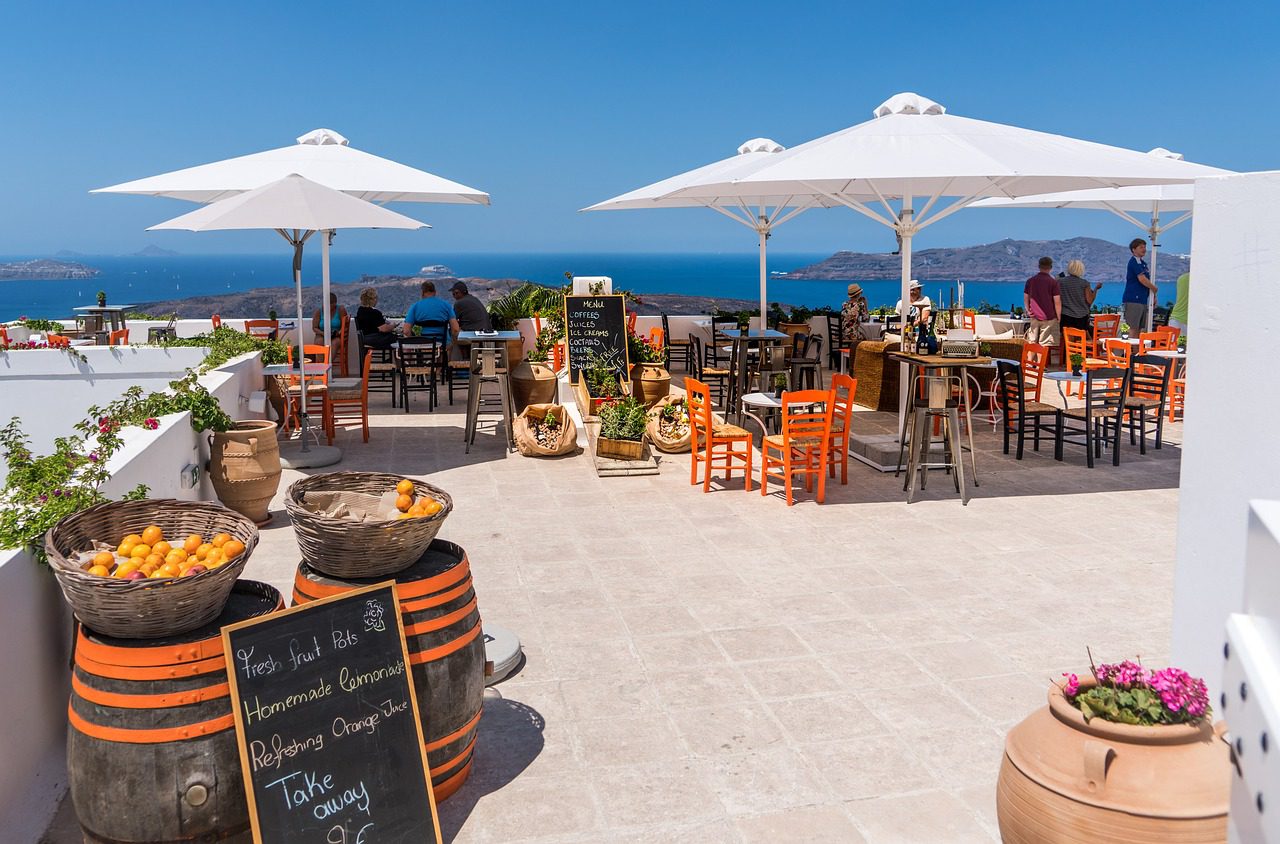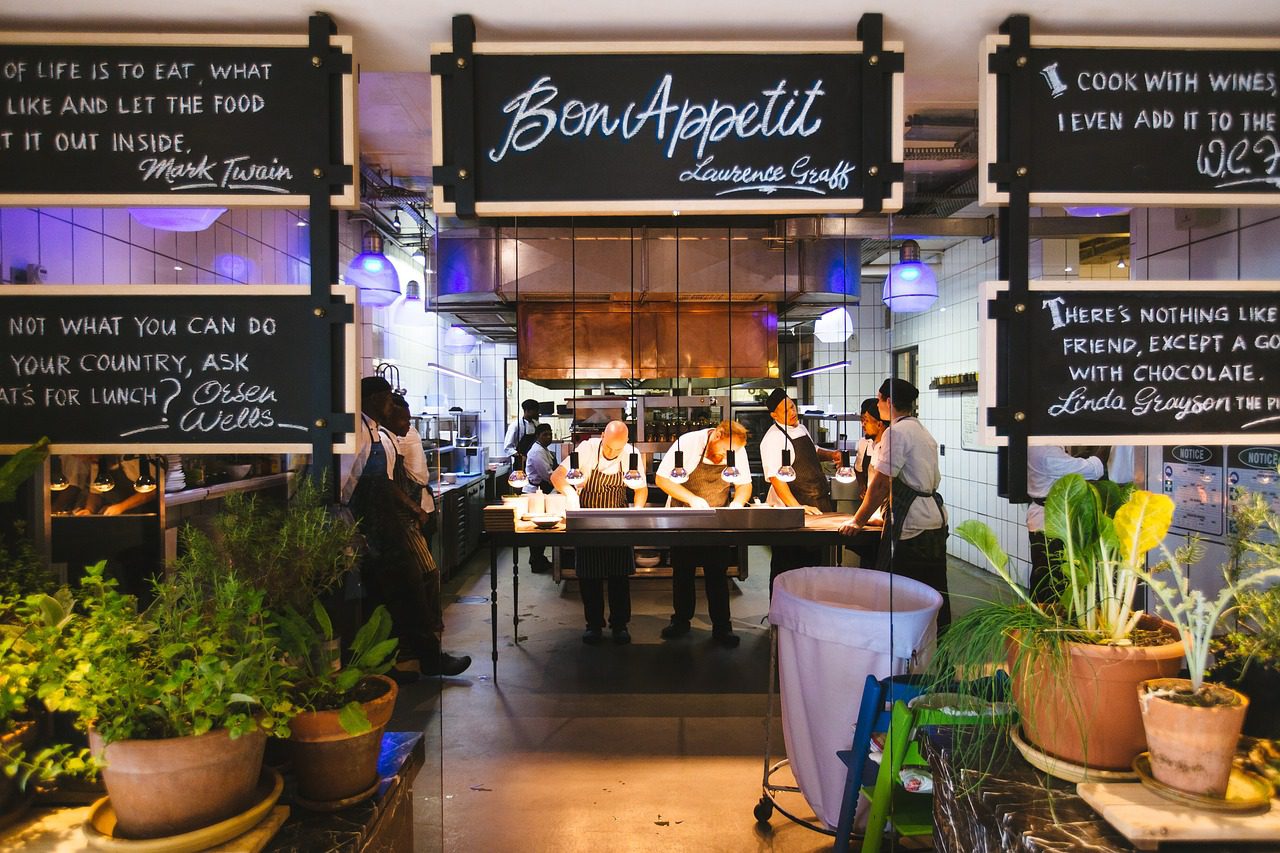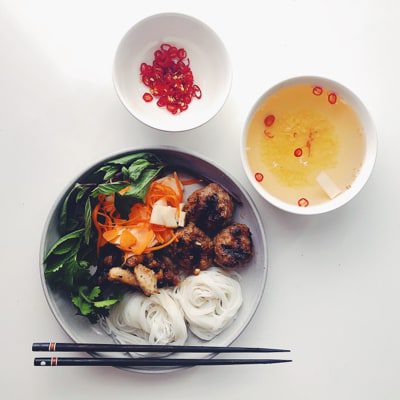It’s tough to make money in the restaurant industry, especially if you’ve just started out. As a restaurant owner, it's easy to overlook the key aspects that could turn your losses into gains. Check out these 7 tips to make your restaurant more profitable and stay...
7 Ways to Make Your Restaurant More Profitable
Continue Reading










